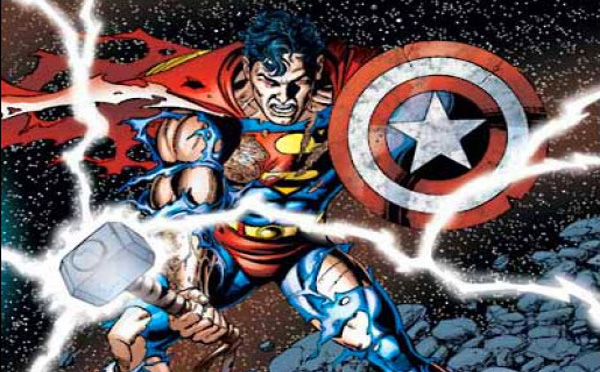So you’ve got a PBEM game, and you’re recruiting for new members. You accept members based on the character biographies they’ve provided to you, but how do you know that these players are going to be any good in your game? Well, you can’t really tell until you see them post.

A Mary-Sue character is a stereotype of RPG games and fanfiction
There is a stereotype character called a Mary-Sue. This is normally a female character who is so perfect that she’s annoying. She resembles all the many character stereotypes all rolled into one. A Mary-sue character is normally a player’s first character, when they don’t realise that they are creating such a stereotype.
Mary-Sue’s aren’t always female, as male characters can have all of these stereotypes too, as well as some more of their own. A male Mary-Sue is sometimes called a Marty-Stu.
The name Mary-Sue comes from a short Star Trek fanfiction story, written as a parody of fanfiction.
Look at the points below to see if you have any Mary-Sue stereotypes in your own game. Maybe your character is one and you didn’t even realise! Take each of these points with a pinch of salt, some of the points mentioned actually make good character traits on their own. But a typical Mary-Sue will use them all.
Character’s Name
1. The character is named after the player, this could include their nickname, first name, last name or all of their names.
2. The character’s name is a noun or word that isn’t normally a name. (Angel, Moon, Chaos etc) This could also be a name of historical/mythical significance that doesn’t relate in any way to the character or the setting of your game.
Read More





